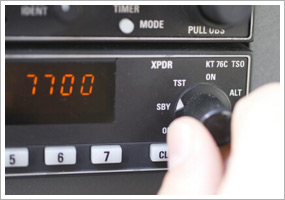|
|
When a pilot declares an emergency, he or she is granted authority to deviate from rules and clearances to the extent required to meet that emergency. That's a big responsibility, and a pilot could be called upon later to justify the actions taken. Your knowledge of emergency authority is probed in questions on the private pilot knowledge test. Here is a sample question:
What action, if any, is appropriate if the pilot deviates from an ATC instruction during an emergency and is given priority?
A) Take no special action since you are pilot in command.
B) File a detailed report within 48 hours to the chief of the appropriate ATC facility, if requested.
C) File a report to the FAA administrator, as soon as possible.
Distress is defined as 'a condition of being threatened by serious and/or imminent danger and of requiring immediate assistance.' And, urgency is defined as 'a condition of being concerned about safety and of requiring timely but not immediate assistance; a potential distress condition.' This is a good starting point to help you determine whether or not a specific situation is an emergency," Yodice wrote, adding, "The FAA further advises that an aircraft is in at least an urgency condition the moment the pilot 'becomes doubtful about' position, fuel endurance, weather, or any other condition that could adversely affect flight safety."

No comments:
Post a Comment